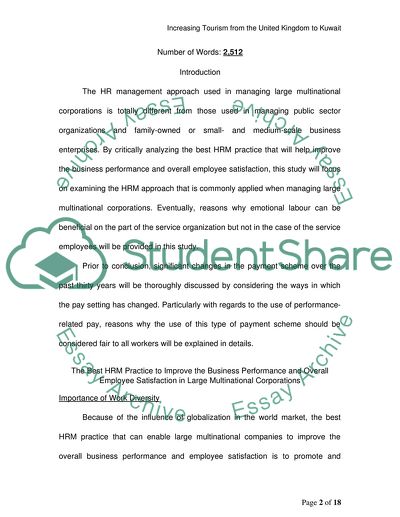Cite this document
(The Best HRM Approach in Managing Large Multinational Corporation Case Study, n.d.)
The Best HRM Approach in Managing Large Multinational Corporation Case Study. Retrieved from https://studentshare.org/human-resources/1744726-human-resource-essay
The Best HRM Approach in Managing Large Multinational Corporation Case Study. Retrieved from https://studentshare.org/human-resources/1744726-human-resource-essay
(The Best HRM Approach in Managing Large Multinational Corporation Case Study)
The Best HRM Approach in Managing Large Multinational Corporation Case Study. https://studentshare.org/human-resources/1744726-human-resource-essay.
The Best HRM Approach in Managing Large Multinational Corporation Case Study. https://studentshare.org/human-resources/1744726-human-resource-essay.
“The Best HRM Approach in Managing Large Multinational Corporation Case Study”, n.d. https://studentshare.org/human-resources/1744726-human-resource-essay.


